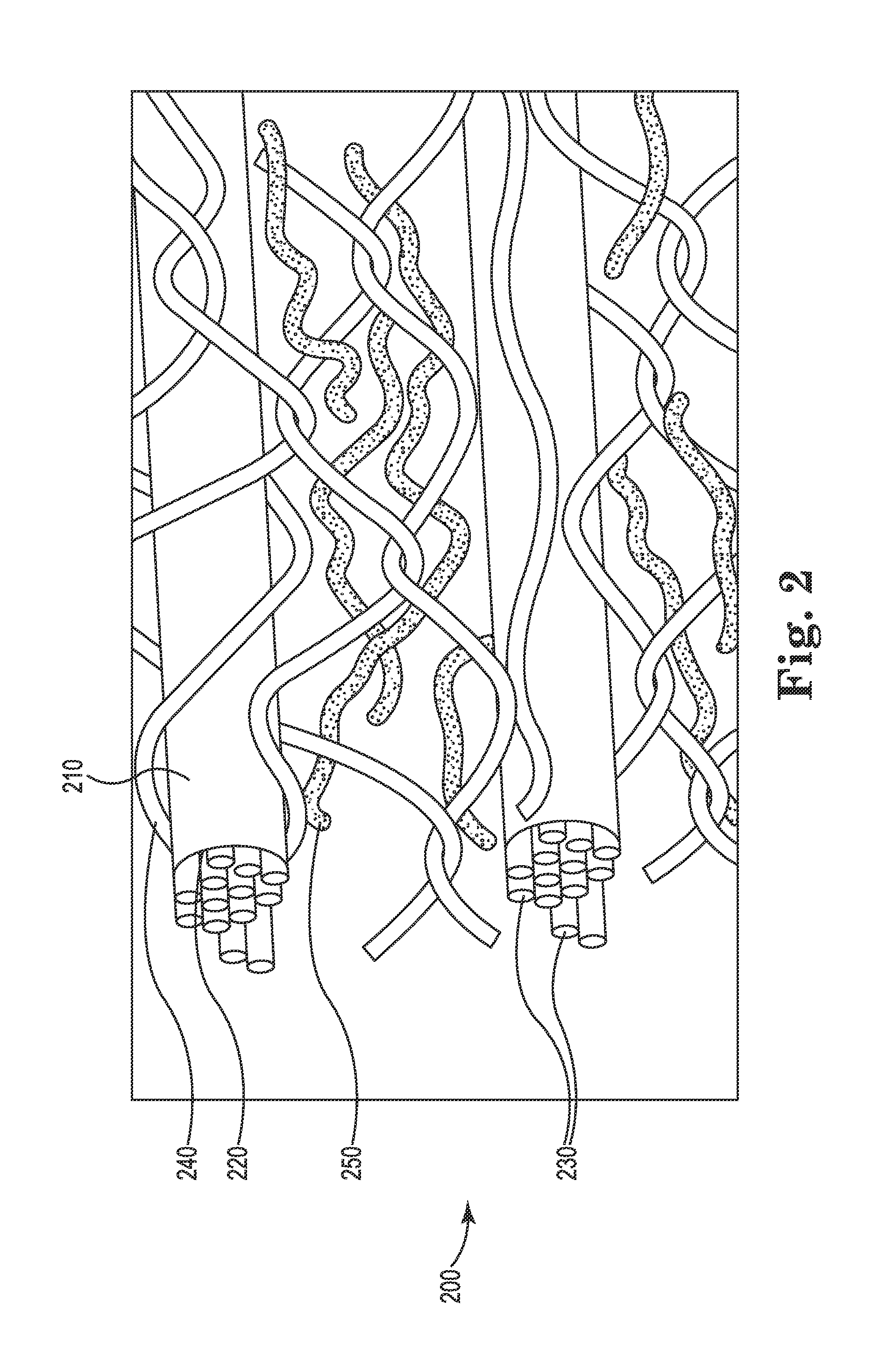System of Using a Reaction Chamber to Beneficiate Organic-Carbon-Containing Feedstock for Downstream Processes
a technology of organic carbon and downstream processes, applied in the direction of presses, waste based fuel, manufacturing tools, etc., can solve the problems of affecting the efficiency of the furnace, and containing unsatisfactory levels of either or both water or water-soluble salts, so as to reduce the adverse effects, reduce the total cost per weight, and remove the pressure
- Summary
- Abstract
- Description
- Claims
- Application Information
AI Technical Summary
Benefits of technology
Problems solved by technology
Method used
Image
Examples
Embodiment Construction
[0027]Cellulose bundles, interwoven by hemicellulose and lignin polymer strands, are the stuff that makes plants strong and proficient in retaining moisture. Cellulose has evolved over several billion years to resist being broken down by heat, chemicals, or microbes. In a plant cell wall, the bundles of cellulose molecules in the microfibrils provide the wall with tensile strength. The tensile strength of cellulose microfibrils is as high as 110 kg / mm2, or approximately 2.5 times that of the strongest steel in laboratory conditions. When cellulose is wetted, as in the cell walls, its tensile strength declines rapidly, significantly reducing its ability to provide mechanical support. But in biological systems, the cellulose skeleton is embedded in a matrix of pectin, hemicellulose, and lignin that act as waterproofing and strengthening material. That makes it difficult to produce fuels from renewable cellulose-containing biomass fast enough, cheap enough, or on a large enough scale t...
PUM
| Property | Measurement | Unit |
|---|---|---|
| particle size | aaaaa | aaaaa |
| time | aaaaa | aaaaa |
| pressures | aaaaa | aaaaa |
Abstract
Description
Claims
Application Information
 Login to View More
Login to View More - R&D
- Intellectual Property
- Life Sciences
- Materials
- Tech Scout
- Unparalleled Data Quality
- Higher Quality Content
- 60% Fewer Hallucinations
Browse by: Latest US Patents, China's latest patents, Technical Efficacy Thesaurus, Application Domain, Technology Topic, Popular Technical Reports.
© 2025 PatSnap. All rights reserved.Legal|Privacy policy|Modern Slavery Act Transparency Statement|Sitemap|About US| Contact US: help@patsnap.com



